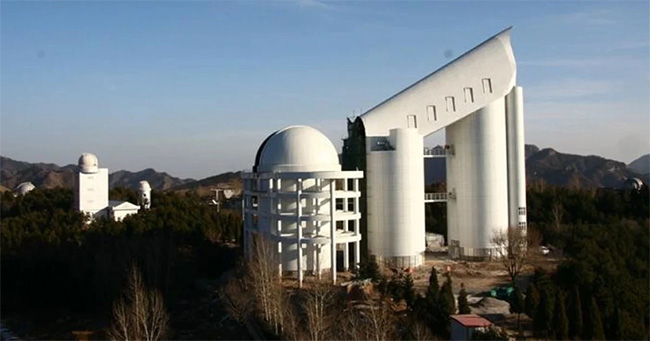Using China’s largest telescope, astronomers in the country have recently discovered a record number of unevolved stars that are rich in lithium, a key chemical element that connects astronomy with the structure and evolution of stars.

The LAMOST telescope helps discover 9 unevolved lithium-rich stars. (Illustration: LAMOST)
According to a study published in The Astrophysical Journal Letters, with the support of the LAMOST telescope, a team of researchers from the National Astronomical Observatory of the Chinese Academy of Sciences has discovered 9 new unevolved stars rich in lithium, doubling the number of previously known stars.
The researchers noted that these newly formed stars exhibit unusually high levels of lithium. Specifically, the lithium content of these 9 stars is approximately 3 times that of the Sun. Since 7 out of these 9 stars have fast rotation rates, the study hypothesizes that the accumulation of material from the surrounding disk may be a primary factor contributing to the enhanced lithium density of these stars.
Although the mechanism of lithium enrichment in unevolved stars has been widely discussed, it remains unclear. Therefore, according to the research team, the discovery of these 9 new stars could represent a breakthrough in the field of astronomy. Scientists also emphasize the need for further in-depth studies to confirm these findings.
The LAMOST telescope has been operational since 2008, collecting high-quality spectra and gathering data that help astronomers study the chemical composition, density, atmosphere, and magnetism of celestial bodies. This telescope has also aided scientists in discovering the heaviest stellar black hole and the most lithium-rich giant star.


















































